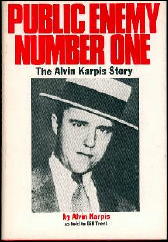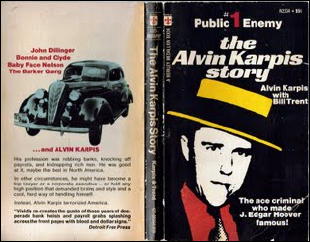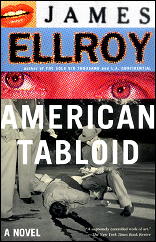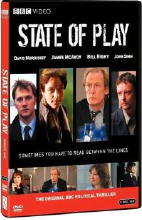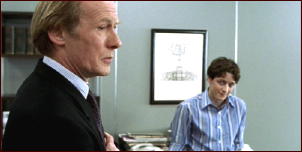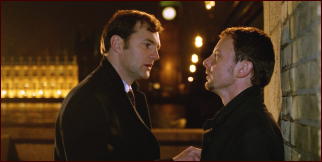Sat 3 Oct 2009
INQUIRY from John Herrington: Various Herbert Jenkins Ltd. authors.
Posted by Steve under Authors , Inquiries[7] Comments
Hi Steve,
I am starting to research the authors of the Herbert Jenkins publishing company, and wonder if you can help me by asking if anyone knows anything about four of their 1930s authors.

Robert Ladline, Peter Luck and Gret Lane are pseudonyms of unidentified writers. The HJ archive tell me the contracts they hold are signed by different names, but won’t tell me without a search for descendants who would give permission for them to release the information! Since I have waited over a year so far for them to find such a descendant for another writer, that may be something to leave till all other possibilities have been checked.
Garstin Begbie is the name on the contracts for books under that name, but a search of Ancestry etc has failed to produce anything.
So would it be possible for you ask on your blog if the names mean anything to anyone? I know it’s a slim chance, but there’s always a chance someone might be looking for the names.
Regards
John
Bibliographic Data [taken from the Revised Crime Fiction IV, by Allen J. Hubin] —
BEGBIE, GARSTIN
Murder Mask (Jenkins, 1934, hc) [Supt. Samuel Quan; England]
Sudden Death at Scotland Yard (Jenkins, 1933, hc) [Supt. Samuel Quan; England]
Trailing Death (Jenkins, 1932, hc) [England]
LADLINE, ROBERT
A Devil in Downing Street (Jenkins, 1937, hc) [J. A. (Rem) Remington; England]
The Man Who Made a King (Jenkins, 1936, hc) [England]
The Quest of the Vanishing Star (Jenkins, 1932, hc) [England]
The Shoe Fits (Jenkins, 1936, hc) [J. A. (Rem) Remington; England]
Sinister Craft (Jenkins, 1939, hc) [J. A. (Rem) Remington; England]
The Sky’s the Limit (Jenkins, 1937, hc) [J. A. (Rem) Remington; England]
Stop That Man! (Jenkins, 1940, hc) [J. A. (Rem) Remington; England]
They Stuck at Nothing (Jenkins, 1935, hc) [England]
When Fools Endanger Us (Jenkins, 1938, hc) [J. A. (Rem) Remington; England]
When the Police Failed (Jenkins, 1933, hc) [England]
The Wolf Swept Down (Jenkins, 1935, hc) [England]
LANE, GRET. Given name probably Margaret.
The Cancelled Score Mystery (Jenkins, 1929, hc) [Kate Clare (Marsh); (Insp.) John Barrin; England]
The Curlew Coombe Mystery (Jenkins, 1930, hc) [Kate Clare (Marsh); (Insp.) John Barrin; England]
Death in Mermaid Lane (Jenkins, 1940, hc) [Kate Clare (Marsh); (Insp.) John Barrin; England]
Death Prowls the Cove (Jenkins, 1942, hc) [Kate Clare (Marsh); (Insp.) John Barrin; England]
Death Visits the Summer-House (Jenkins, 1939, hc) [Kate Clare (Marsh); (Insp.) John Barrin; England]
Found on the Road (Jenkins, 1926, hc) [England]
The Guest with the Scythe (Jenkins, 1943, hc) [Kate Clare (Marsh); (Insp.) John Barrin; England]
The Hotel Cremona Mystery (Jenkins, 1932, hc) [Kate Clare (Marsh); (Insp.) John Barrin; London]
The Lantern House Affair (Jenkins, 1931, hc) [Kate Clare (Marsh); England]
The Red Mirror Mystery (Jenkins, 1938, hc) [Insp. Hook; England]
The Stolen Scar (Jenkins, 1925, hc) [Idaho]
Three Dead That Night (Jenkins, 1937, hc) [Insp. Hook; England]
The Unknown Enemy (Jenkins, 1933, hc) [Kate Clare (Marsh); (Insp.) John Barrin; England]
LUCK, PETER
Crime Legitimate (Jenkins, 1937, hc) [England]
Infallible Witness (Jenkins, 1932, hc) [England]
The Killing of Ezra Burgoyne (Jenkins, 1929, hc) [England]
Terror by Night (Jenkins, 1934, hc) [England]
The Transome Murder Mystery (Jenkins, 1930, hc) [England]
Two Shots (Jenkins, 1931, hc) [England]
Under the Fourth-? (Jenkins, 1927, hc) [England]
Who Killed Robin Cockland? (Jenkins, 1933, hc) [England]
The Wingrave Case (Jenkins, 1935, hc) [England]
The Wrong Number (Jenkins, 1926, hc) [England]











